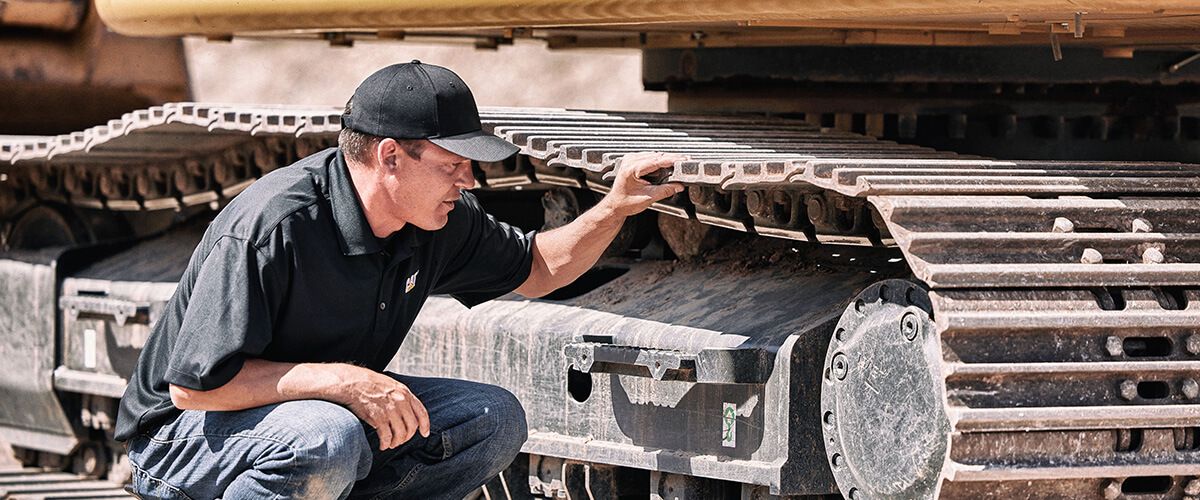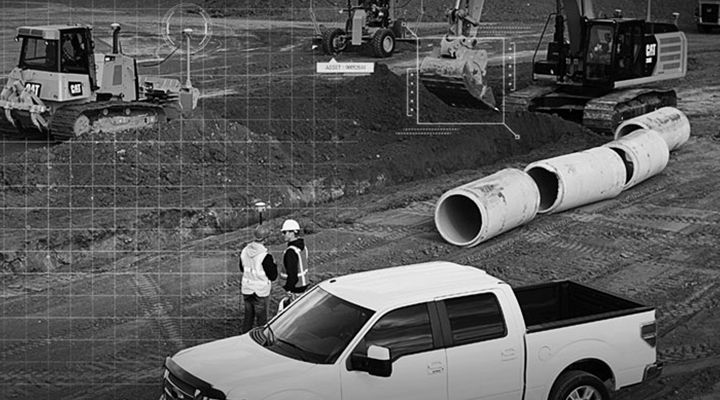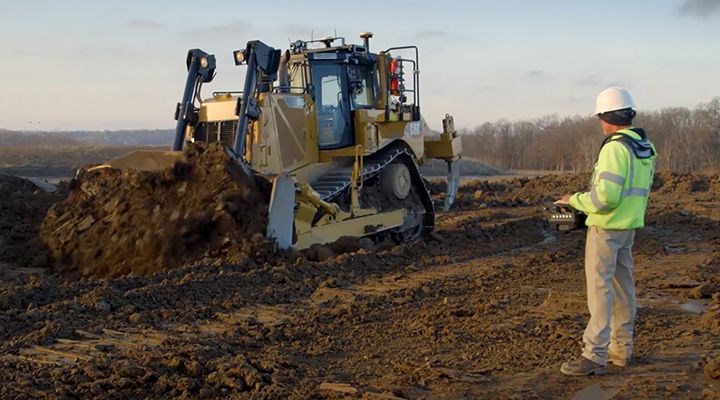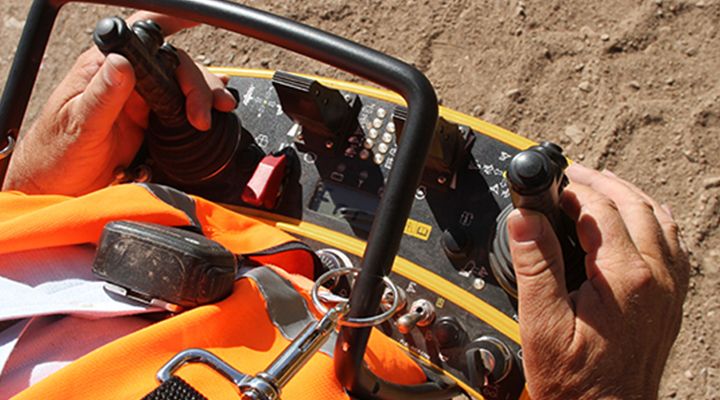If you already have an existing account with another Cat App, you can use the same account to sign in here.
One Account. All of Cat.
Your Caterpillar account is the single account you use to log in to select services and applications we offer. Shop for parts and machines online, manage your fleet, go mobile, and more.
Account Information
Site Settings
Security
Your Six-Step Excavator Maintenance Checklist
Regular, proper maintenance helps keep your excavators on the job earning you money. Here are six areas you won’t want to overlook.
Excavators are complex machines. But maintaining them doesn’t have to be. Follow the steps in your Operation and Maintenance Manual, stick to a routine maintenance schedule and perform a thorough walkaround inspection using the Cat Inspect app, prior to every shift — that’s really all it takes to keep your excavator running like it should.
Need a refresher on the basics? This video walks you through the most important points of excavator maintenance — and here’s a quick look at six key areas where it pays to focus your efforts.
1. Undercarriage
Undercarriage problems can account for more than half of your maintenance costs. It’s not just the most expensive part of your excavator — it’s also exposed to near-constant wear and stress. Clean out any dirt and debris collected during a shift to help prevent buildup that could accelerate wear. (It can also hurt fuel economy by adding extra weight.) And perform a thorough inspection every shift to look for missing or damaged components or uneven or excess wear. Check out these tips and tricks to help extend undercarriage life.
2. Tracks
Make sure your excavator’s tracks are set at the proper tension. They’ll wear more quickly if they’re too tight or too loose. Chains and sprockets can also wear prematurely if tracks aren’t maintained correctly. As you examine the tracks, keep an eye out for any wear to the common track components - track shoes, pins, chains, idlers, sprockets and fasteners.
3. Filters
Filters keep your excavator’s engine, air, fuel and hydraulic systems running smoothly. Clogged or dirty filters can compromise sensitive parts of the machine and affect overall performance. Most excavators come with an indicator that lets you know when filters need attention. Act quickly when alerted to change filters to avoid the contamination that can lead to costly damage and downtime.
4. Water separator
If you leave your excavator outside overnight, condensation can cause water to build up in the primary fuel filters. Cat® excavators come with water separators on these filters, and a sensor inside the cab tells you when water has collected there. Drain it when indicated or it can lead to corrosion and damage.
5. Cooling system
Adequate airflow and coolant levels allow your excavator to run efficiently. Both are especially important if you work in a very hot climate — you don’t want your machine to overwork just to keep cool. Be sure to inspect coolant hoses for leaks. Also, apply low-pressure water or air to clean the oil cooler, condenser and radiator. Reversing fans are a key feature on Cat® excavators to help maintain a clean radiator.
6. Attachments
Your excavator’s work tools do the work — so don’t overlook them in your daily inspection. Check any attachments, including couplers, for cracks, excessive wear or signs of damage that could hamper your productivity and safety. Using a bucket? Inspect it for cracks, bowing, pin and bushing wear. Look for abnormal wear to the adapters, teeth, cutting edges, and side cutters. And make sure all work tools are securely attached to the machine for safety.
Here’s another tool that can help you with excavator maintenance: the free Cat Inspect app. Use it on your mobile device for quick, easy machine inspections.
RELATED ARTICLES
You’re here to get ideas to grow your business. Read on for machine insights and expert tips and tricks to get more out of every job.
-
Productivity - More Efficiency. Better Results.
Cat® Technologies gives you the accuracy, consistency and productivity you want.
Learn More -
Automation & Autonomy: What's the Difference?
These words get used interchangeably, creating confusion. To improve consistency, we've defined these terms.
Learn More -
Machine Control & Automation Can Add To Your Bottom Line
Technologies that enhance machine performance can add to the bottom line.
Learn More -
Ask the Expert
Answers on fuel efficiency from an expert - Jason Hurdis, GCI Global Market professional.
Learn More





